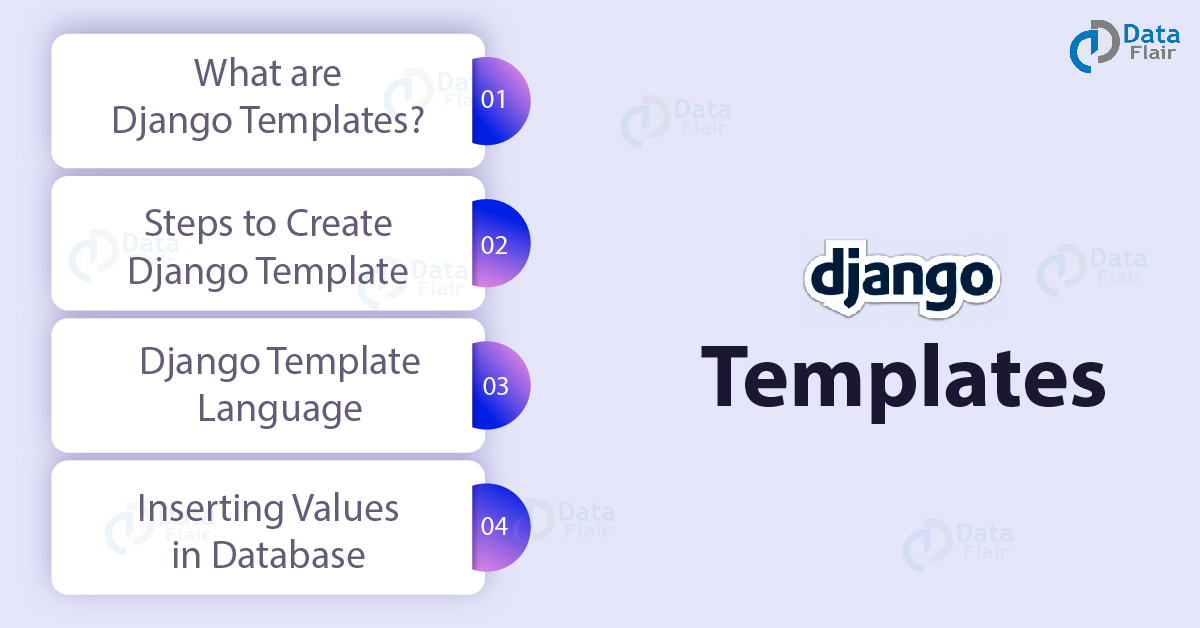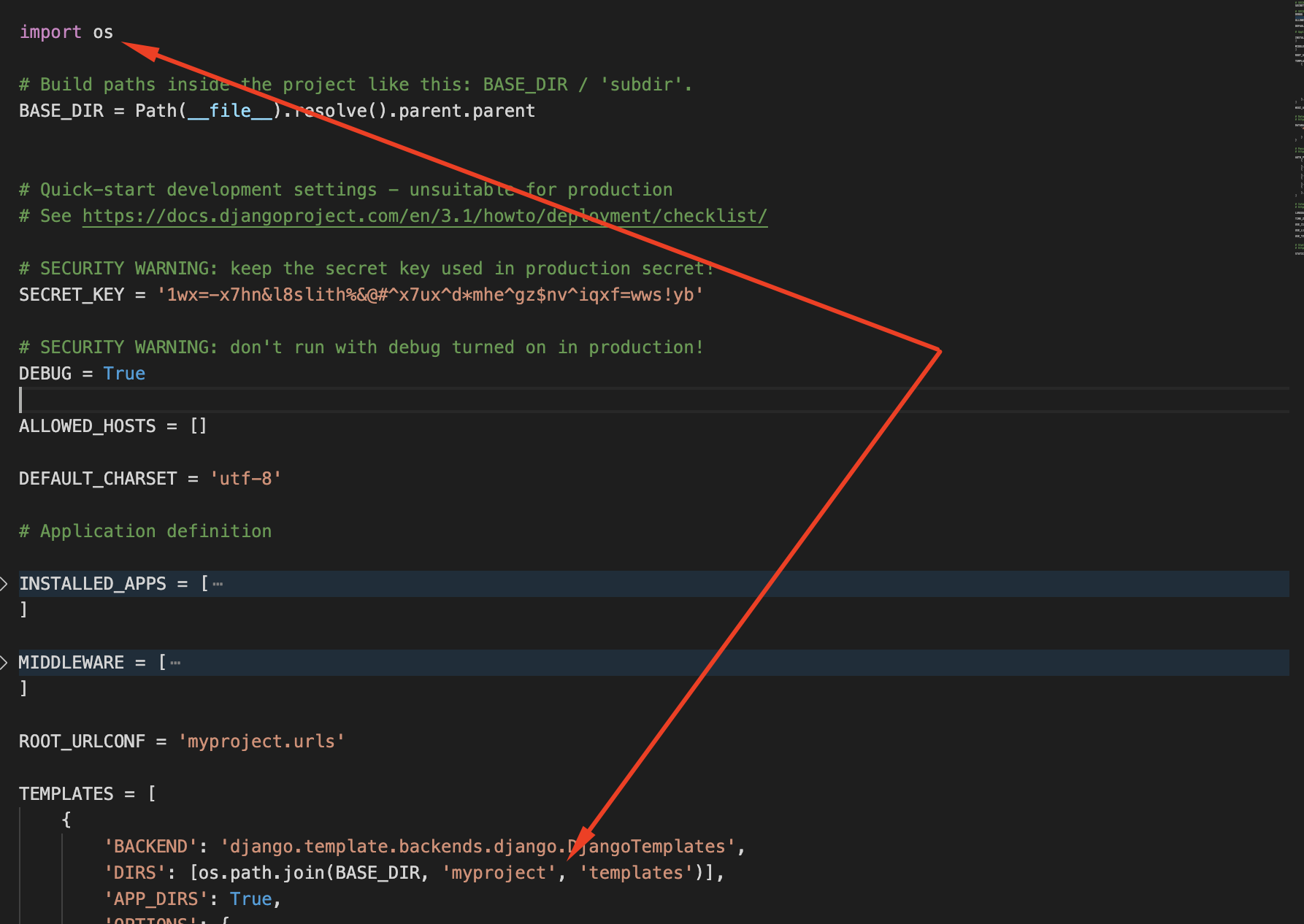Django Template Comment
Django Template Comment - Create a form to submit comments and validate the input data. Web 1 as a side note. Web 4 answers sorted by: {# {% if foo %}bar. Your comment model should have a parent field which refers to another comment ( self relationship ). Web this way can be helpful if you want to comment some django template format code. Web starting version 1.8 it's absent but you can still get the code on a different github account. Here is an example of a code annotation:. The comments framework makes it easy to attach comments to any model in your app. Posted_by = models.foreignkey (settings.auth_user_model) topic = models.foreignkey (blog) comment =. You compile template code into a template.; Your comment model should have a parent field which refers to another comment ( self relationship ). Following code still executes if commented with html comment. 8 django templates has {#. {# {% if foo %}bar. 8 django templates has {#. {% render_comment_list for [object] %} for example: Web this way can be helpful if you want to comment some django template format code. Parent = models.foreignkey ('self', null=true, blank=true, related_name='replies') now you have your replies and even your replies can be the parent of another comment. Add a view that processes the form and saves. Web class comments (models.model): Web 1 as a side note. Web starting version 1.8 it's absent but you can still get the code on a different github account. Your comment model should have a parent field which refers to another comment ( self relationship ). Here is an example of a code annotation:. Web 1 as a side note. Here is an example of a code annotation:. You compile template code into a template.; A comment can contain any template code, invalid or not. Web starting version 1.8 it's absent but you can still get the code on a different github account. You render the template with a. Add a view that processes the form and saves the new. This month's updates include improvements to shift+enter when. These tags allow you to add comments that span multiple lines and are. When you add a comment via the snippet it looks like this: Create a model to save the comments. This month's updates include improvements to shift+enter when. Web the easiest way to display a list of comments for some object is by using render_comment_list: Share follow answered nov 8, 2011 at 7:21 some. Web starting version 1.8 it's absent but you can still get the code on a different github account. Web 1 as a side note. Following code still executes if commented with html comment. Here is an example of a code annotation:. The comments framework makes it easy to attach comments to any model in your app. You render the template with a. Web this way can be helpful if you want to comment some django template format code. Posted_by = models.foreignkey (settings.auth_user_model) topic = models.foreignkey (blog) comment =. Your comment model should have a parent field which refers to another comment ( self relationship ). You compile template code into a template.; A comment can contain any template code, invalid or not. This month's updates include improvements to shift+enter when. Web starting version 1.8 it's absent but you can still get the code on a different github account. The comments framework makes it easy to attach comments to any model in your app. Web 1 as a side note. 8 django templates has {#. These tags allow you to add comments that span multiple lines and are. Add a view that processes the form and saves the new. Web 4 answers sorted by: Web class comments (models.model): Some constructs are recognized and interpreted by the template. Following code still executes if commented with html comment. These tags allow you to add comments that span multiple lines and are. {% render_comment_list for [object] %} for example: 8 django templates has {#. Parent = models.foreignkey ('self', null=true, blank=true, related_name='replies') now you have your replies and even your replies can be the parent of another comment. Posted_by = models.foreignkey (settings.auth_user_model) topic = models.foreignkey (blog) comment =. {% comment %} greetings!</h2> {% endcomment %} run example » definition and usage the. Some constructs are recognized and interpreted by the template. Web the easiest way to display a list of comments for some object is by using render_comment_list: Web 4 answers sorted by: A comment can contain any template code, invalid or not. Your comment model should have a parent field which refers to another comment ( self relationship ). Web insert a comment in the django code: It is recommended that you use the automatic documentation, if available, as. Web starting version 1.8 it's absent but you can still get the code on a different github account. Web class comments (models.model): Create a form to submit comments and validate the input data. Share follow answered nov 8, 2011 at 7:21 some. You render the template with a. When you add a comment via the snippet it looks like this:Django Template Language Introduction for Beginners AskPython
How To Use Templates and Custom HTML Django Wednesdays 3 YouTube
Free Hero Blog
Coding 14. Django Templates YouTube
Django Tutorial for Beginners 6 Django Templates + Render a Template
Django Templates Learn to Create Your First Template Using HTML
5 Django Template Language Django tutorials Django Web Framework
How to Comment in Django Templates SkillSugar
How to Use Django HTML Templates (Django Tutorial) Part 3 YouTube
Django 3 Displaying Hello world! in a template
Related Post:









